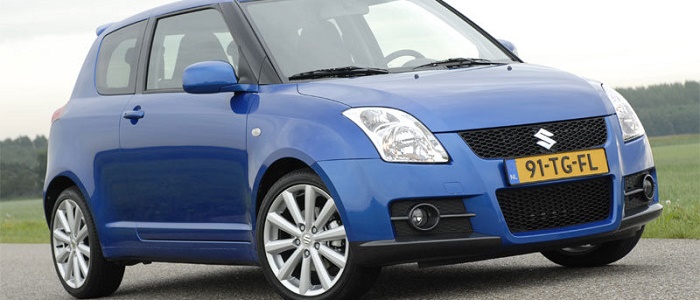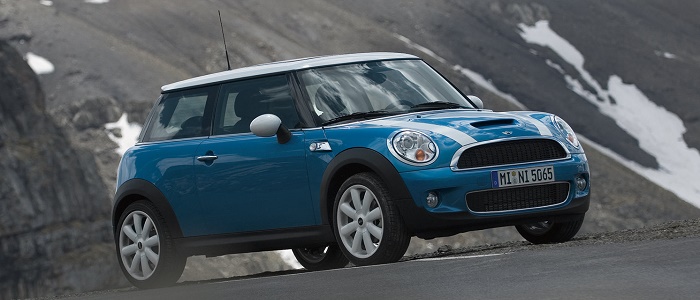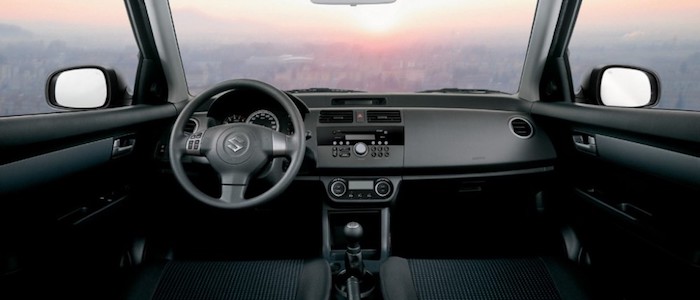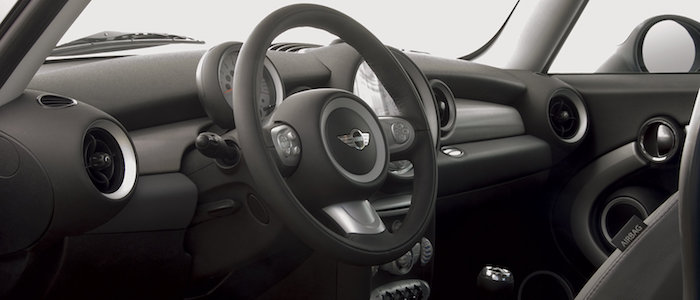Compare two cars
Compare any two cars and get our Virtual Adviser™ opinion
Marketing
Dimensons & Outlines
Engine
Performance (manual gearbox)
Performance (automatic gearbox)
Expenses
Virtual Adviser's™ opinion
We are here considering two somewhat similar cars, but we can't deny some of the obvious differences. For a start, they are not even classified under the same segment, with the Suzuki being a city car and the Mini representing micro car vehicle class. The first one has a FIAT-engineered powertrain under the hood, a 4-cylinder, 16-valves 70hp unit, while the other one gets its power and torque from a 4-cylinder, 16-valves 90hp engine designed by Peugeot.
SafetyBoth vehicles got tested by European New Car Assessment Programme (Euro NCAP), with the Mini being a slightly better choice apparently. Moving further on, let's take a closer look at some additional safety-related facts. The first vehicle is a city car and that gives it a marginal advantage over the micro car competitor, at least that's what statistics show. On the other hand, taking kerb weight as an important factor into account, the British car offers a marginal difference of 4% more metal.
ReliabilityI don't like generalizing things when it comes to reliability, although it does seem that Suzuki as a brand displays somewhat better results, at least on all of the models level. That's the official data, while our visitors describe reliability of Suzuki with an average rating of 4.5, and models under the Mini badge with 4.1 out of 5. Some independent research have also placed Swift as average reliability-wise, and Mini is more or less at the same level.That apart, owners of different cars powered by the same engine as the Japanese car rank it on average as 4.3 out of 5, exactly the same as the other one.
Performance & Fuel economyMini is undoubtly more agile, reaching 100km/h in 2.7 seconds less than its competitor. In addition to that it accelerates all the way to 182 kilometers per hour, 17km/h more than the other car. When it comes to fuel economy the winner has to be the British car, averaging around 3.9 liters of fuel per 100 kilometers (72 mpg), in combined cycle. We can't ignore that 21% difference compared to the Japanese car.
Verdict
Suzuki appears just a bit more reliable, although the difference is truly marginal. The most important thing when deciding between any two vehicles should always be safety, both passive and active. In my opinion, everything taken into account, the British car offers significantly better overall protection, taking the lead here. It all continues in the same direction, with Mini being considerably quicker, thus putting more smile on driver's face. To make things even better, it consumps less fuel! All together, there's not much more to say, in this case I wouldn't even consider anything but Mini. Nevertheless, let's not forget that people have different preferences and needs, so what really counts is your personal feel. I'm only here to help. In case you have two minutes to spare I invite you to define your needs, desires and budget and see which car would be chosen by the virtual adviser™, out of 12.000+ vehicles we currently have in our database.


































